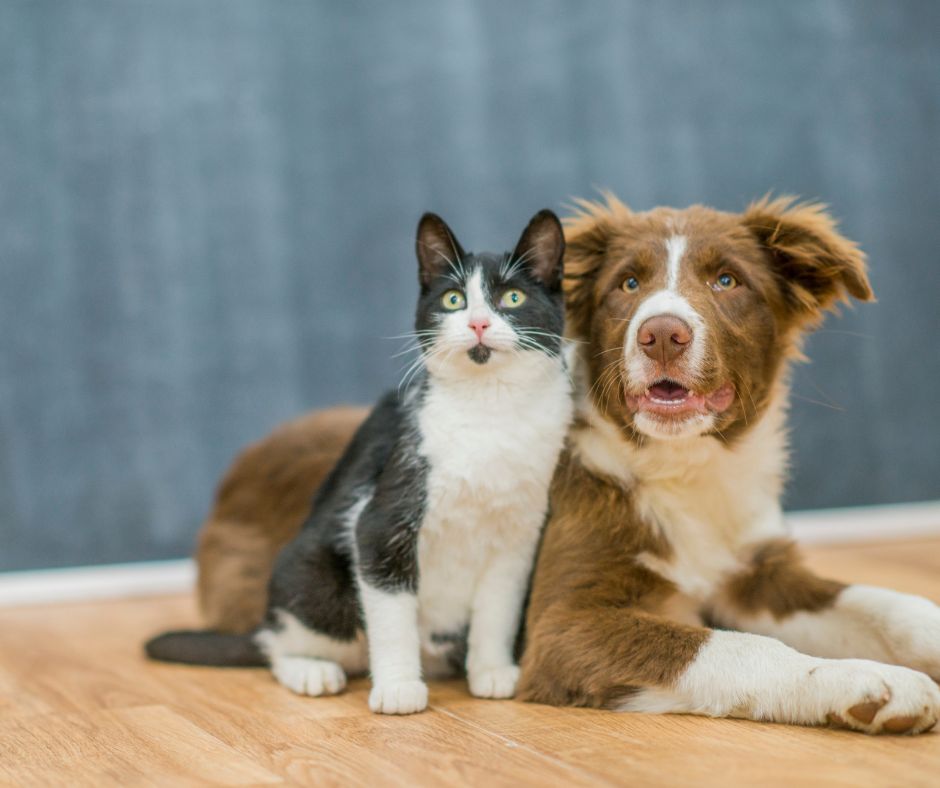Administering Liquid Remedies
★★★★★
Administering Liquid Remedies
★★★★★
Administering Liquid Remedies
★★★★★
I tried the ACV and read with smiles the struggles to get the cats to drink. I have had cats for over thirty years and here is an easy method. I THOROUGHLY washed a small clear tube in which water soluable hair product had come in. (you can use conditioner or shampoo, clear is best and nothing oily to be SURE you can clean it out). Mine is a small one ounce squeeze tube that a sample of hair gel came in. Squeeze the sides in and draw into the tube the dose of ACV (mine was 1/2 tsp. fill rest with water. Lay cat on back in your lap and place tube to side and back of mouth and squeeze gently. They swallow by reflex if you don't put too much it all goes down. Squeeze too hard and they can cough it back out (but some still goes in). Clear tube is important so you can measure how much you are giving them so as not to over/under dose. My vet told me this years ago, cats have to swallow when you hold them this way and put the liquid in this way, and I have done it for years.
(Naples, Fl)
01/12/2013
★★★★★
PLEASE do not lay the cat on his back to feed anything. They need to be facing down like when they are eating. The food or liquid may go down the wrong pipe into his lungs and make the cat very sick and will be very painful, particularly with vinegar.
(Mountain View Nj)
10/16/2013
★★★★★
I've had cats my whole life, some very friendly and affectionate and some, well, very cat like. I was laughing at the thought of putting any one of them on their back! Psh! Like that'll happen. Even if I could, it just sounds too dangerous to my babies. I wonder if putting some on the front paws like I do with hair ball remedy, would help. If it works I'll let you know. :)
(Mass., US)
07/27/2014
★★★★★
I just put the ACV in can cat food, then I put fish oil on the cat food and cover it up with more of his/her cat food.But I have one cat that changes from one minute to one sec. etc. she will not eat the same food twice.I think she has some mucus and has problems coughing and eventually spits up a white foamy substance, I'm guessing it's worms. I took her to the vets. and the vet never examined my cat but a tech. did the work, as to what she did I am not sure; however I made double sure she gave my cat something for worms. Other than that she asked if she could take xrays, I said I think not, I have had xrays for years and never proven accurate. This is my last visit with a vet. as this one cost me over a hundred dollars, for so little a job.
(Mpls., Mn)
07/29/2014
★★★★★
Hey Diamond!
How sad that you had such an unproductive visit at the vet.
Please know you DO have options! You can ask for the vet to see your animal and not settle for the vet tech. Granted, some tech are very experienced and do a great job, but if you feel you are not getting the service you are paying for, then state so to the tech and ask to have the vet see your animal. Next, why did the tech wish to take an xray? You should ask why a particular procedure is indicated so you can make an informed judgement as to how to proceed. And while worming your cat may have been something needed, my experience with cat's upchucking foamy substances has nothing to do with worms, but possibly something to do with an obstruction of the GI tract, which an xray could have revealed if it were indeed present. [A savvy vet or vet tech would also be able to palpate and feel if this were an issue as well].
Again, so sorry you did not get satisfaction with the vet you chose to use; remember, you can always shop around to find a vet you can work with as a healing team for your pets. I hope your cat does well on the ACV treatment you have chosen.
Administering Liquid Remedies
★★★★★
I use a syringe to administer liquids or anything else I can get into it.I put it in the side of his mouth (open mouth)may not be to easy but wrap him in a towel if you have to.Make sure his claws can't get out of the neck part or he will get you! I talk calmly to ease him. Get what ever it is your putting in as fast as you can.You can buy one at the drug store,look in the baby section or the animal stores.Don't feel bad just because he doesn't like it and fights you. It's the best thing for him or her. I got a 3 ml (milameter) one. Maybe there are bigger ones. If I need to give him more than I just have to do it twice. Good Luck



